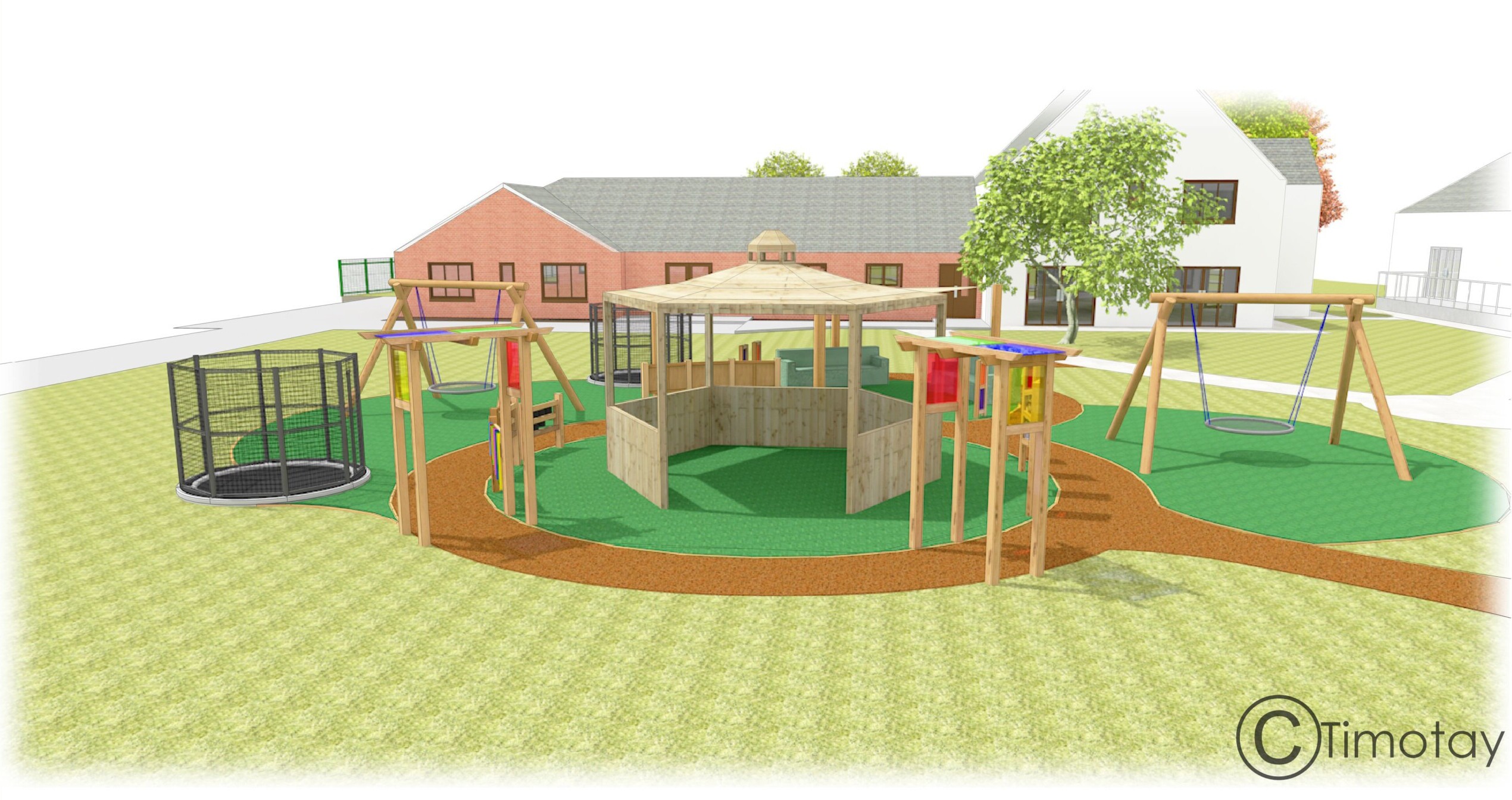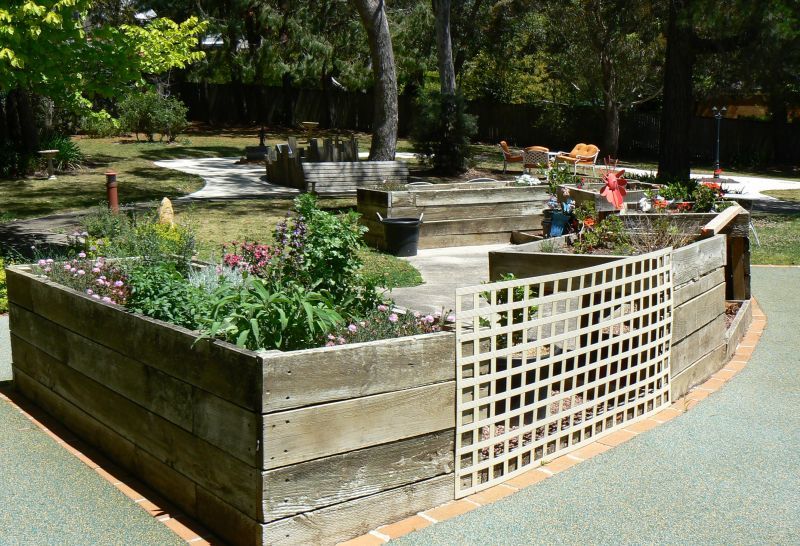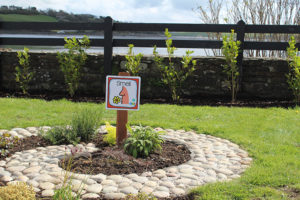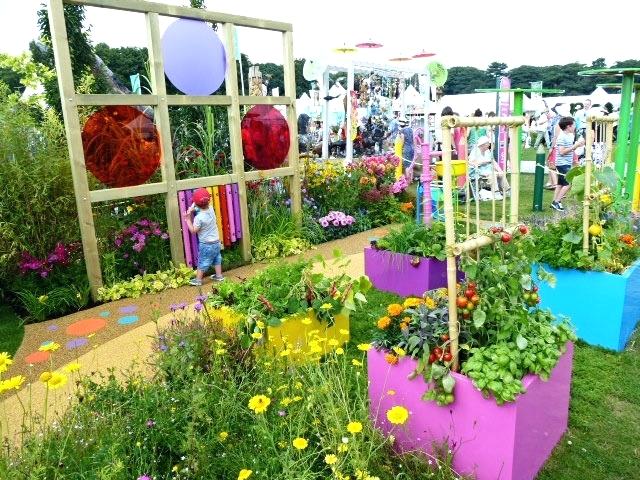sensory gardens decrease
A sensory garden is a space that includes not only sensory garden plants but also elements that evoke all five senses sight touch taste hearing and smell. These types of gardens are popular with and beneficial to both children and adults especially those who.

Sensory Landscapes X Studio Ivan Juarez Architect
Deirdre Quinn service manager with Maria Goretti Childrens Respite Centre in Co Louth.
. This paper engages the users behaviour their perceptions of use in sensory gardens and the reality faced by practitioners designing for these gardens based on case-studies in the United Kingdom. This stimulation occurs courtesy of plants and the use of materials that engage ones senses of sight smell touch taste and sound. Create a sensory feast of diverse plant colour shape size texture and patterns.
Aware that water is a significant feature of a garden in some sensory gardens the water is gardens will decrease concerning their sensory impact and therefore will not entice people to visit. The health and wellbeing gains suggest landscape architects could aid future wellbeing initiatives. Sensory gardens are thought to provide an effective stress reduction tool through an accessible dose of nature.
I suppose the best answer to this question would be that they decrease stress. One way of promoting healthier workplaces and facilitating workers wellbeing is through provision of multi-sensory. According to their findings healing gardens focus on physical actions such as motion movement exercise and activities whereas sensory gardens focus on mental responses through experiences.
Indoor sensory garden and intervention BC was an approximated outside sensory garden. Sight Adding visual interest to a sensory garden can be achieved by using plants with varying habits such as those that creep climb trail bush or stand upright. This seminar disseminated evidence and encouraged discussion on how sensory gardens can help reduce stress levels of office workers refocus their attention and improve their productivity.
The Sensory Garden is a recognizable and reassuring place in which to experience a sense of freedom and relax. Incorporating plants with different bloom leaf bark and stem colors provide visual appeal as well. Data revealed positive trends following the sensory garden interventions on decreasing agitation and improving quality of life.
As part of a rehabilitation programme Derriford have found that the garden helps to improve functional outcomes decrease ventilator days reduce delirium and. We lose 100bn per year in absenteeism and presenteeism. One of the most obvious ways to stimulate the senses in your garden is by sight.
They are often created for therapeutic purposes too. Their engagement enables them to experience different views of the garden. It is an open but well delimited and protected space appearing as an accessible simple and tidy normal garden with a sense of serenity and well.
This study shows a sensory garden effectively reduces stress enhances wellbeing and improves productivity of apparently well people in the workplace. For example users passing through the sensory garden often stop for a while to engage with the behaviour settings that are adjacent to the pathway. Sensory gardens allow people to use touch to feel plants which can lower stress I believe.
At the same time it was conceived with a sensory stimulation therapeutic program in mind 1-8. A growing trend in senior and memory care residences is to create a sensory garden where older adults with dementia can safely enjoy the sights and smells of familiar herbs and edible plants that stimulate the senses elevate mood reduce stress and possibly improve memory. A sensory garden is a garden environment that is designed with the purpose of stimulating the senses.
Any garden can be a. Intervention B worked best for two participants and intervention BC for the remaining two participants. Taste Edible fruits herbs and spices planted in a sensory garden.
You might want to opt for bright and bold flowers like purple coneflower Echinacea purpurea pelargoniums tulips and alliums. A sensory garden can create a space for people to focus on just one sense to reduce anxieties and stress. With everything safe to consume seniors with dementia are free to wander and.
Overall many sensory gardens are designed to make gardening more accessible to people of all abilities and backgrounds. A sensory garden is a green space which has been designed to appeal to as many of the senses as possible. In healthcare settings sensory planting is often used for people with dementia as colour touch and scent can calm and ground and inspire the recollection of distant memories and sensations.
Thirdly relates to the lack of design guidelines for sensory gardens. Children with special educational needs including autism benefit from being able. Why do problems still exist in sensory gardens even though they designed.

We Ve Secured The Funding For Our Sensory Garden Autism Together

As Carers Nt S Sensory Garden Nears Completion Here Are The Benefits Of The Dementia Friendly Garden Carers Nt

Wonderful Sensory Garden Opens In Clonakilty Sensational Kids

The Greystones Sensory Garden Greystones Tidy Towns

The Importance Of Nature Braille Trails And Sensory Gardens For The Blind

Sensational Sensory Garden Athena Healthcare Group
Dementia Gardens How They Help Alzheimer S Dementia Patients

Sensory Gardens For Your Dogs Positive Impacts On Behavior Faithfully Yours Dog Training Certified Dog Trainer In Jackson Ms

The Benefits Of A Sensory Garden Frontier Management

Pdf Sensory Gardens Inclusively Designed For Visually Impaired Users

Pdf Sensory Gardens Inclusively Designed For Visually Impaired Users

The Sensory Garden Smell Touch Look And Listen American Meadows




Comments
Post a Comment